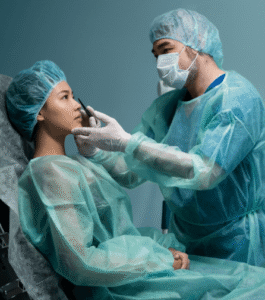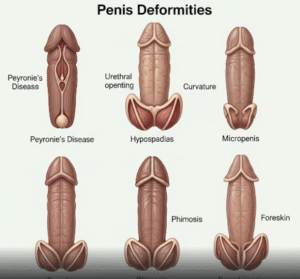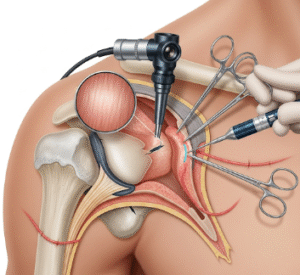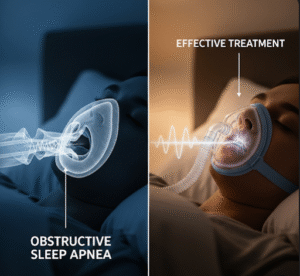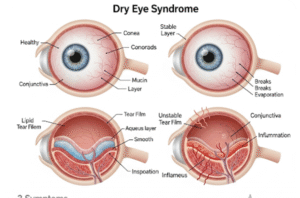What It Is
Cheek reduction, also known as zygoma reduction surgery, is a facial contouring procedure that reshapes and reduces the prominence of the cheekbones (zygomas). It involves repositioning or shaving part of the zygomatic bone to create a slimmer, softer, and more balanced facial contour.
In simple terms, it’s surgery to reduce wide or protruding cheekbones, making the face look smaller, smoother, and more harmonious.
Why It’s Done
- To reduce overly wide or prominent cheekbones.
- To achieve a slimmer V-line or oval facial shape.
- To correct facial asymmetry caused by uneven cheekbones.
- To enhance femininity or a softer appearance in patients who feel their face looks too “angular” or “masculine.”
Common patient groups:
- Individuals with naturally wide cheekbones.
- Patients seeking a more delicate and balanced facial structure.
- Both women and men in their 20s–40s seeking cosmetic facial contouring.
Alternatives
- Non-surgical options: Dermal fillers or fat grafting (to camouflage, not reduce bone).
- Other surgical options: Jaw reduction, chin augmentation, or buccal fat removal for overall facial contouring.
- Limitations: Only surgery can truly reduce cheekbone size; fillers and fat grafts only create optical balance.
Preparation
- Detailed consultation with a maxillofacial or plastic surgeon.
- Pre-op imaging: CT scans and facial X-rays to measure bone structure.
- Blood tests and general health check.
- Avoid alcohol, smoking, and blood-thinning medications 2 weeks before surgery.
- Fasting required if performed under general anesthesia.
How It’s Done
- Usually performed under general anesthesia.
- Incisions made inside the mouth or near the hairline (to minimize visible scars).
- Bone cutting (zygoma osteotomy) to reduce projection, then repositioning or shaving for smoother contour.
- Plates or screws may be used to stabilize repositioned bones.
- Duration: 2–3 hours.
- Hospital stay: 1–2 nights depending on the extent of surgery.
Recovery
- Swelling and bruising last 2–3 weeks.
- Most patients return to work in 2–3 weeks, depending on healing speed.
- Final facial contour visible after 3–6 months.
- Soft diet recommended during the first 1–2 weeks.
Possible Complications
- Swelling, bruising, or temporary numbness in cheeks.
- Asymmetry or under/over correction.
- Bone healing issues if not stabilized properly.
- Infection or visible scars (rare).
- Risk reduced when performed by experienced Korean surgeons.
Treatment Options in Korea
Diagnosis
- 3D CT imaging and virtual surgical planning.
- Simulation programs to show expected contour changes.
Medical Treatments (Non-Surgical)
- No true non-surgical bone reduction exists, but contouring fillers or fat grafting can create balance.
- Used for patients who want temporary changes without surgery.
Surgical or Advanced Therapies
- Zygoma osteotomy with repositioning (most common in Korea).
- Zygomatic arch shaving for minor bone reduction.
- Advanced fixation methods with titanium plates for safety and stability.
- Korean clinics specialize in minimally invasive approaches with smaller incisions and less downtime.
Rehabilitation and Support
- Post-op care includes compression masks, cold therapy, and swelling management.
- Korean clinics provide nutritional counseling for safe recovery (soft diet, bone healing supplements).
- International patient support: translation, transport assistance, and recovery packages.


